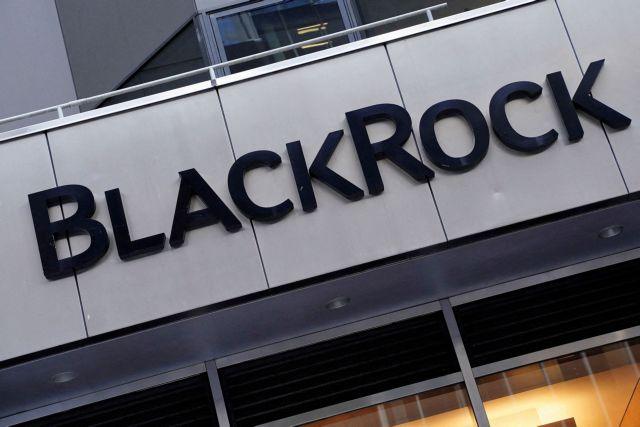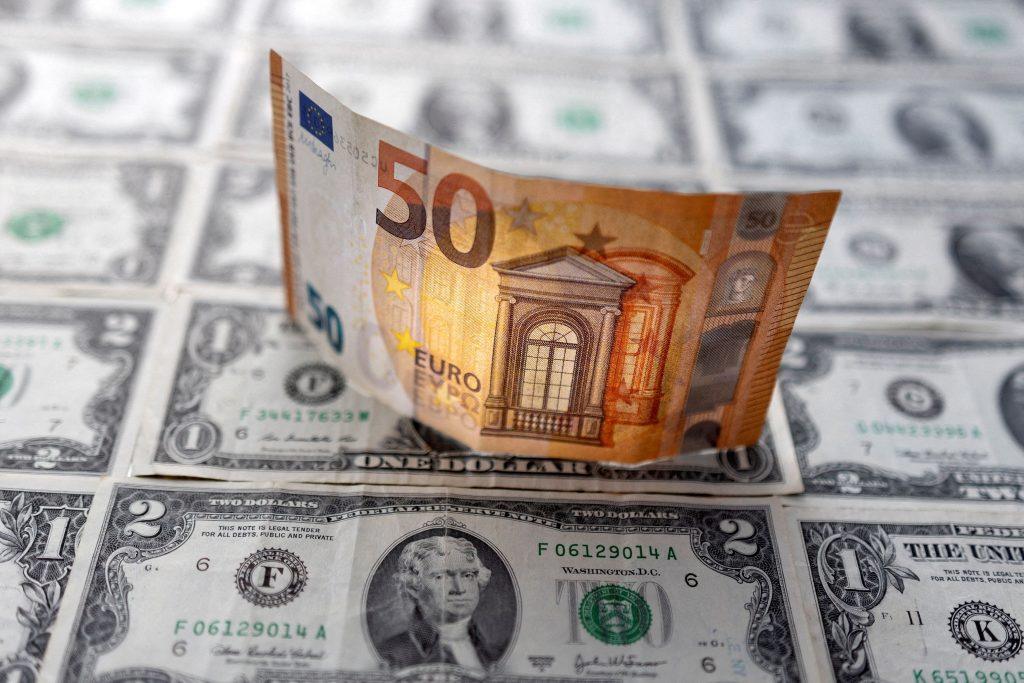The ‘household basket’ is becoming increasingly popular, with consumers even switching supermarket chains to take advantage of these offers.
A key reason for the increase in acceptance of the basket is of course the continuation of price increases, which in essence cause a decrease in disposable income, but also the fact that retailers and suppliers have reduced other offer programs, in an effort to maintain their profit margins that were compressed in 2022 due to increased operating and production costs.
According to a recent survey, the percentage of consumers who bought products from the household basket has increased.
In the first 3 months of operation of this initiative, 64% of the public declares that they buy products from the basket.
This percentage is almost double compared to the previous measurement after the first week of the initiative, when the percentage of the public buying from the basket was 39%.
On average, the public who buys products from the basket declares that 16.3% of their purchases come from products in the cart (around 1 euro per 7 euros of purchases).
The majority of the public 39% spend up to 10% of the basket, 11% from 11 to 20% and the remaining 24% more than 20%.
Visiting other supermarkets
According to the survey, 17% of respondents visit a different supermarket than usual in order to find products from the “household basket”.
This element is healthy for competition in the industry, it shows that there are additional incentives for competition in the market and that the mobility of the consumer public is expected to intensify in the coming period.
Which products go into the household basket?
According to information, so far, beef will be added to the basket – which was temporarily added during the Christmas holidays – as well as a number of other products such as chocolates, long-life milk, more codes on cured meats and yellow cheeses, legumes (lentils , beans, chickpeas) and soft drinks.
Three more baskets are being prepared for specific periods of time (Lent, Easter and Games) which will be made available to consumers gradually.
The beginning will be made with the Lenten basket which will include fasting items (halva, tahini, seafood, etc.) and which will be valid until Holy Week and is expected to be announced on February 22.
This will be followed by the basket that will include candles and toys for the children modeled after the basket of Santa Claus, while on the Wednesday before Holy Week, according to information, the Easter basket is expected, which will contain items for the festive table.
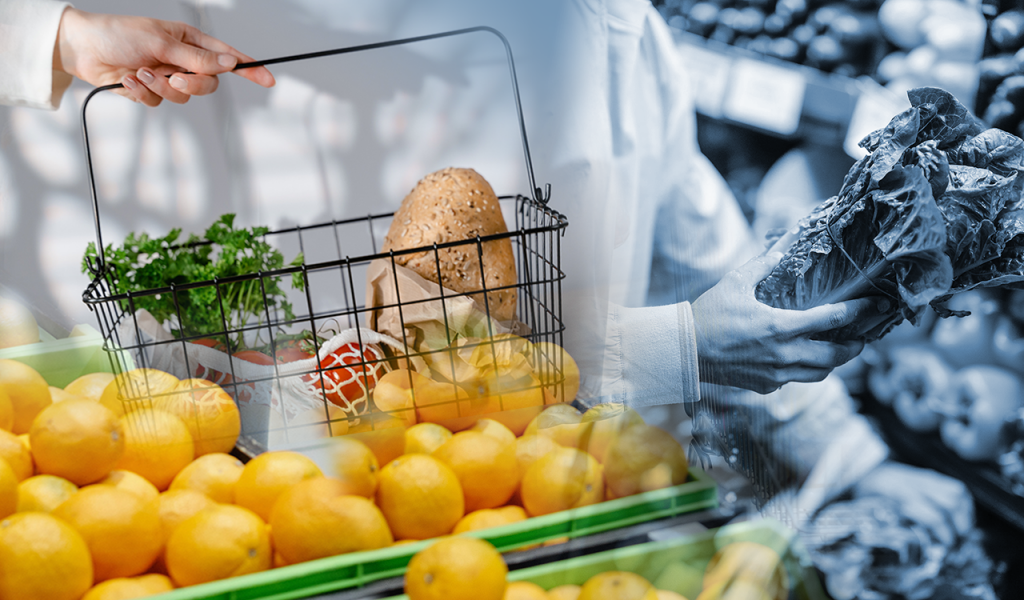






![Βούτυρο: Τι δείχνει το χρηματιστήριο τιμών – Γιατί παίρνουν… φωτιά τα κρουασάν [γραφήματα]](https://www.ot.gr/wp-content/uploads/2025/07/kroyasan-1024x683-1-300x300.jpg)




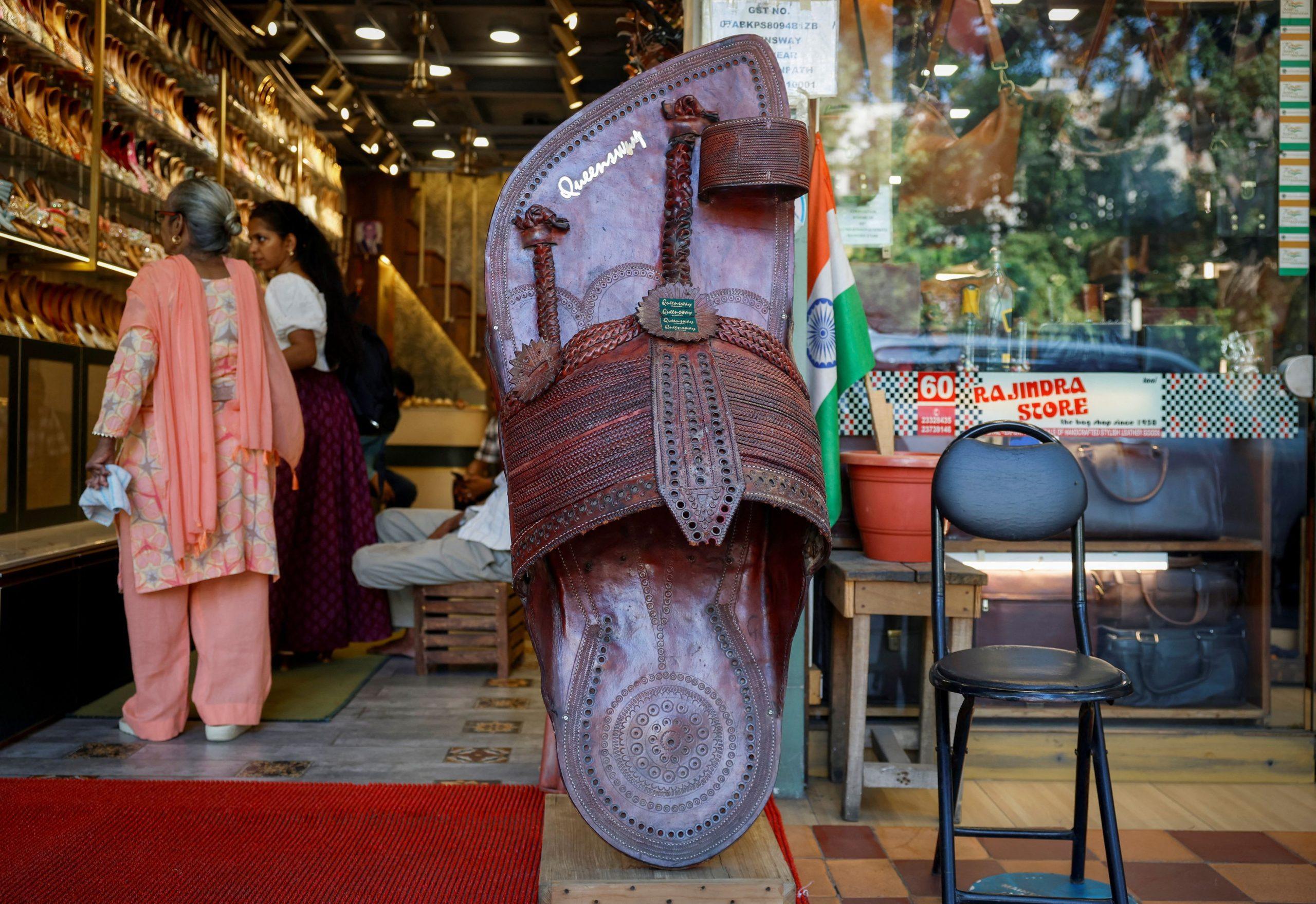
![Δασμοί: Οι εμπορικές συνομιλίες ΕΕ-ΗΠΑ για τους δασμούς στα αυτοκίνητα [γραφήματα]](https://www.ot.gr/wp-content/uploads/2025/07/tofas.jpg)
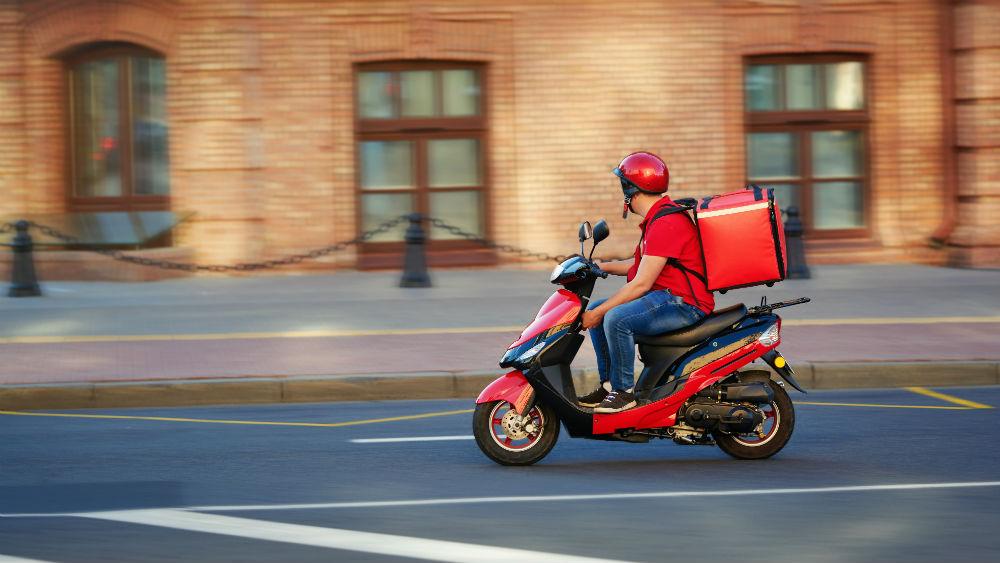
![Τεχνητή νοημοσύνη: Η ζήτηση ενέργειας αυξάνει τις εκπομπές CO2 [γράφημα]](https://www.ot.gr/wp-content/uploads/2025/02/data-center.jpg)
![Χρυσές λίρες: Πουλάνε μαζικά οι Έλληνες το εξάμηνο του 2025 [γράφημα]](https://www.ot.gr/wp-content/uploads/2025/07/photo_2025-07-04_13-01-06.jpg)

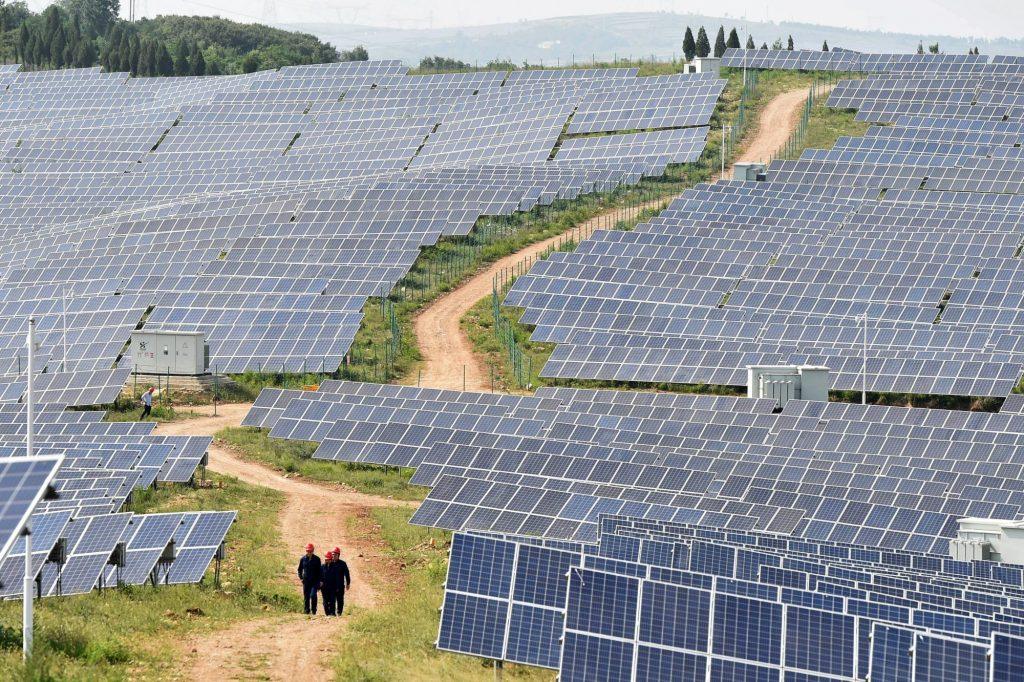


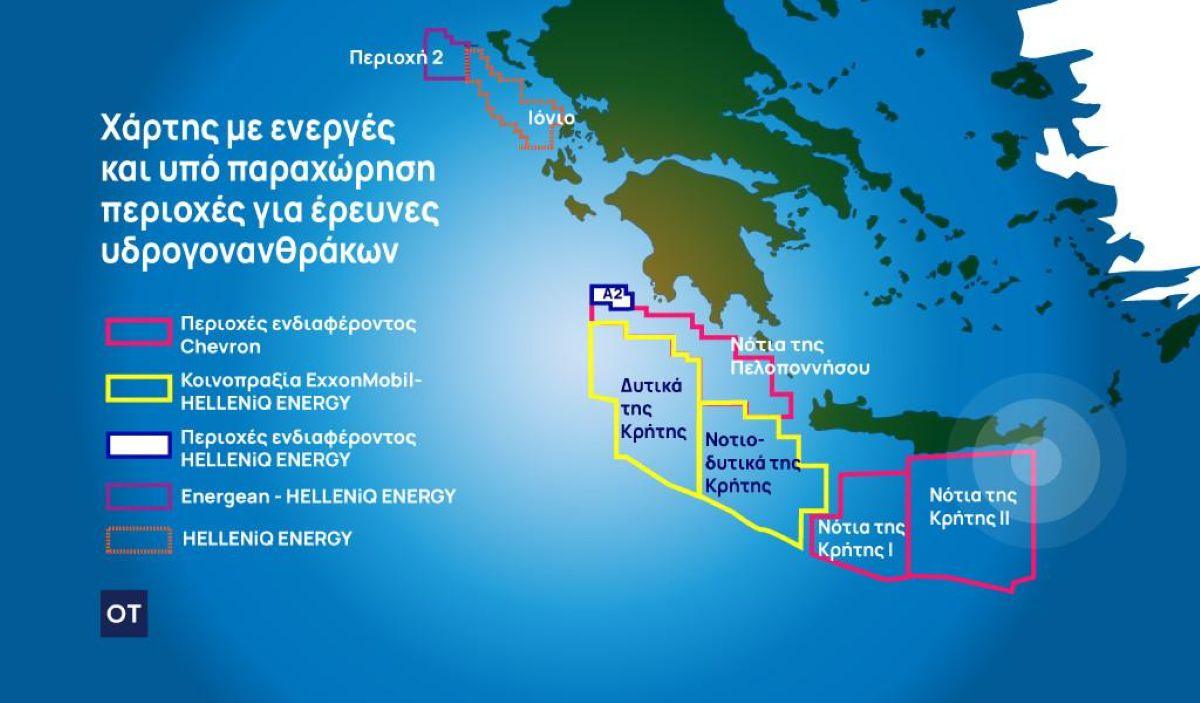
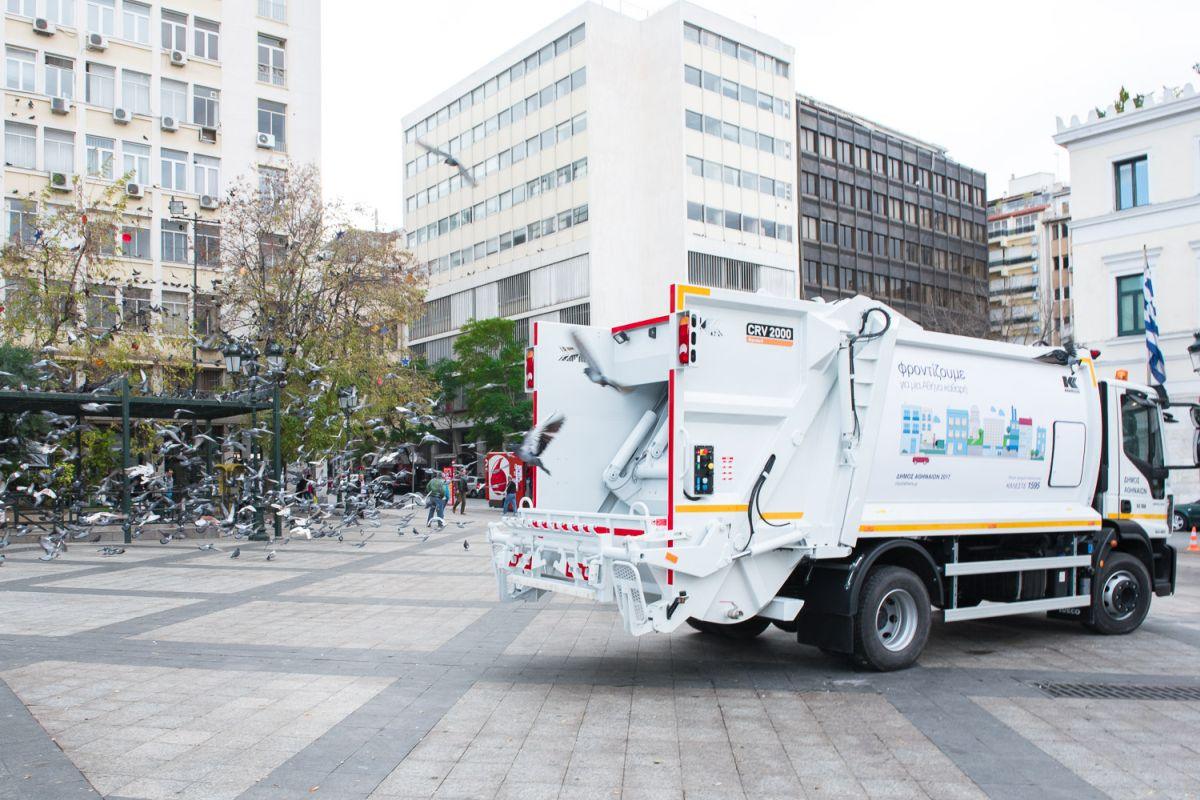





![Βούτυρο: Τι δείχνει το χρηματιστήριο τιμών – Γιατί παίρνουν… φωτιά τα κρουασάν [γραφήματα]](https://www.ot.gr/wp-content/uploads/2025/07/kroyasan-1024x683-1.jpg)


![Εκατομμυριούχοι: Η μεγαλύτερη μετακίνηση πλούτου στην ιστορία το 2025 [γράφημα]](https://www.ot.gr/wp-content/uploads/2024/04/money-2048x1366-1.jpeg)

![Τραμπ: Διοργανώνει σύνοδο κορυφής ΗΠΑ και πέντε αφρικανικών χωρών [γράφημα]](https://www.ot.gr/wp-content/uploads/2025/06/trump-maga-scaled.jpg)
